
On August 15, 1969, the Woodstock Music and Art Fair officially began with a performance by Richie Havens.
He wasn’t actually supposed to be the first act onstage, but he was the only one ready to get started when the event was already running late. The original opening band, Sweetwater, was stuck in traffic — an issue that continued to plague the event for the next three days.
Over four decades later, it’s nice to look back on the peaceful festival that brought some of the biggest rock legends to the stage. But how much do you really know about what happened at Woodstock?
Of course, some of the memories for those folks attending the event are a bit, ahem, hazy. That said, there are still fascinating stories about the groundbreaking concert experience that have been passed down through the years.
Take a look to learn more about what really went down at Woodstock back in the day.
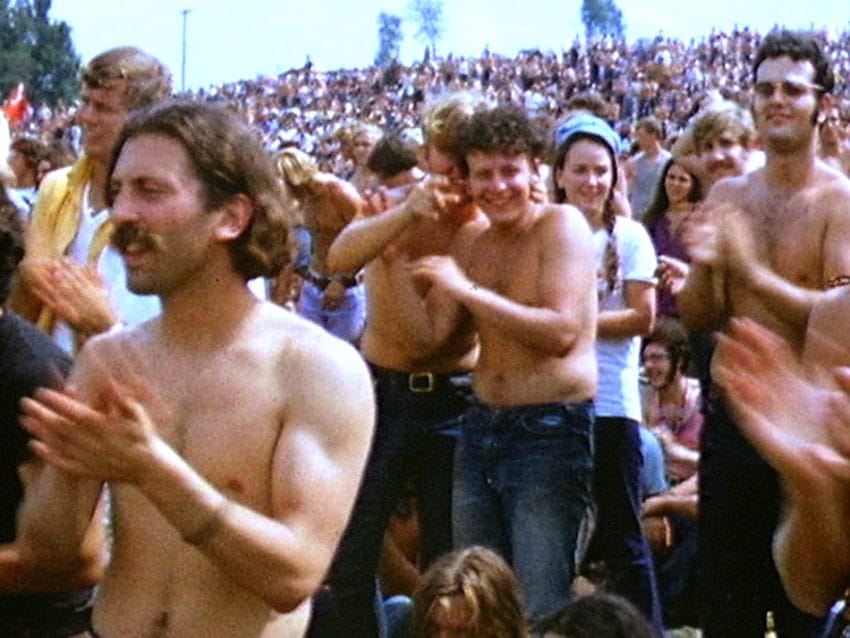
Of the four men who brainstormed the mega-concert event, John Roberts, Joel Rosenman, Artie Kornfeld, and Mike Lang, Joel and Artie were the oldest at only 27 years old.
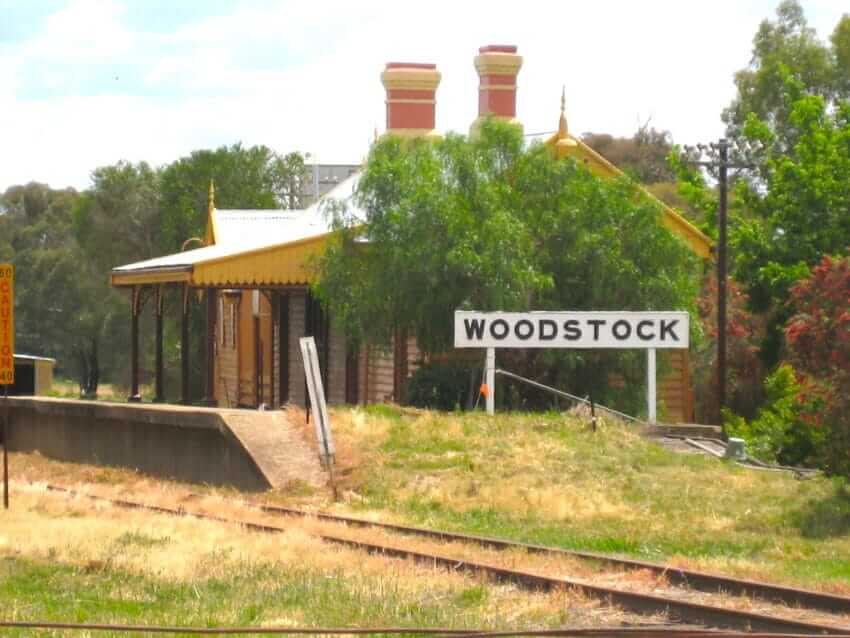
The organizers were inspired by Bob Dylan to have the festival take place in upstate New York. Their initial plan to have it in Woodstock fell through when they couldn’t find suitable space, but the name remained.
The event ended up in Bethel, about 70 miles away from Woodstock, after residents of Wallkill blocked plans there.
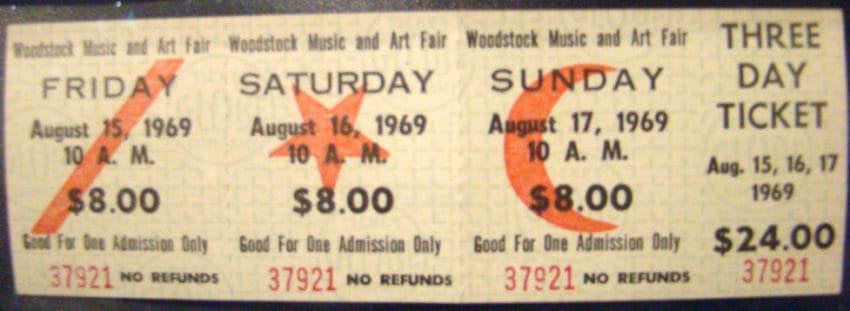
According to the History channel, about 186,000 tickets were sold before the weekend. Organizers believed no more than 200,000 attendees would actually show up.
However, they failed to set up the ticket booths they had planned and the fence was so shoddy that it was torn down by the crowds on the first day.
A total of 400,000 to 500,000 people, more than double their initial estimate, ended up at the festival.
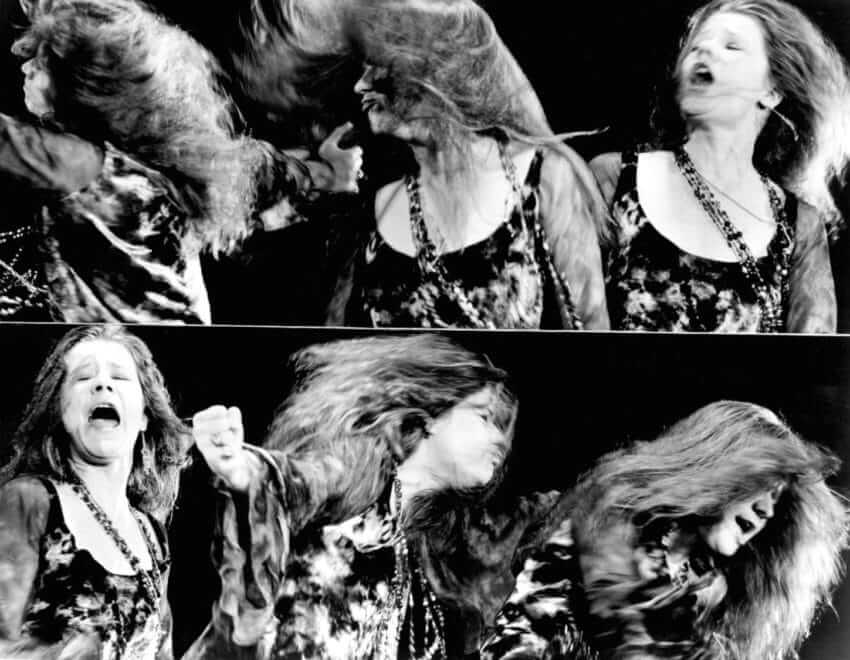
Just a few hours into the festivities, the concert organizers found themselves hemorrhaging money with big name artists like Janis Joplin and the Grateful Dead demanding money-in-hand before their performances.
Several artists also asked for double their usual fee since the festival was the first of its kind and they were unsure whether or not it would really be a success.
John Roberts used his trust fund as the heir to a pharmaceutical fortune as leverage to get a local bank to open on Saturday night and provide them with a loan. By the end of the event, the organizers were millions of dollars in debt.

The organizers had trouble nailing down food supply before the festival. They eventually went with concession workers from Food For Love, but they had little experience with large events and were completely overwhelmed by the mass of people who arrived at their stand demanding food.
At one point, according to Smithsonian Magazine, they jacked the prices of their burgers and hot dogs from 25 cents to a dollar each. Attendees were so outraged by the wait and price that they burned the stand down.
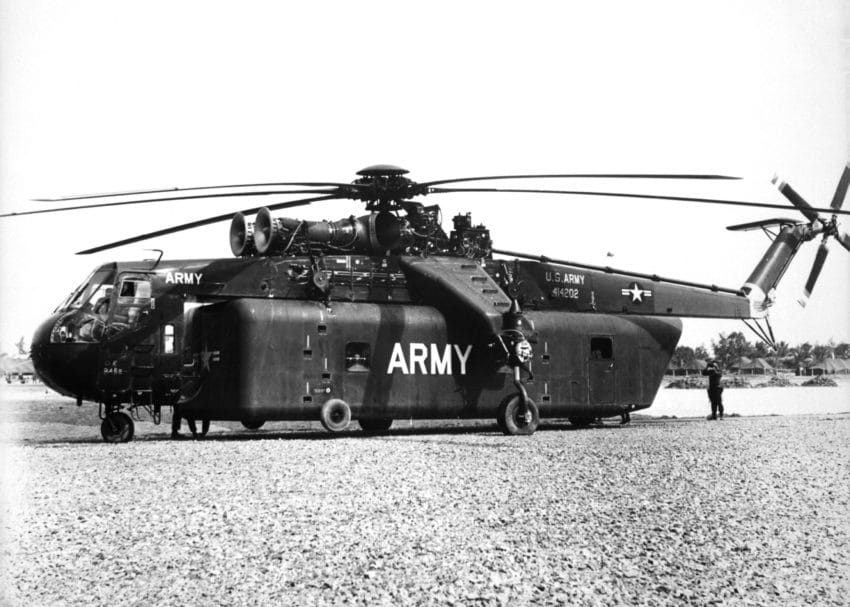
When residents of Sullivan County heard about the food shortages, they rallied with the local sheriff’s office to donate about 10,000 sandwiches, water bottles, pieces of fruit, and canned goods.
They also included medical supplies enlisted in an Army helicopter to deliver the much-needed parcels.
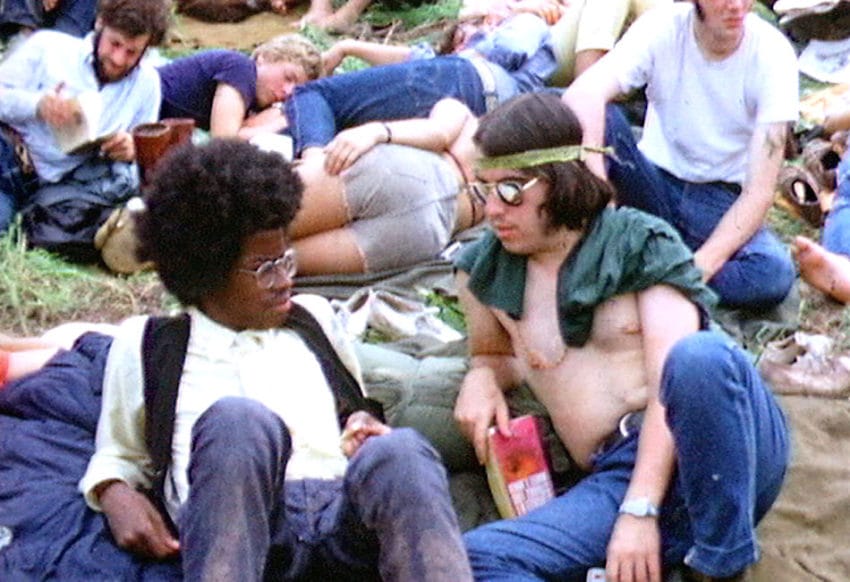
Members of the New Mexico commune, the Hog Farm, were hired by the organizers to act as the “Please Force.”
Their leader, Wavy Gravy, walked around dressed as Smokey the Bear and threatened any troublemakers with pies in the face or being doused in fizzy water.
They also helped with the food shortage by making tons of brown rice and granola and handing it out for free.

Pretty much everyone involved with the festival has said that despite the muddy environment, food shortages, and other issues along the way, the worst part was the traffic.
It was so bad that one of the 32 bands booked to perform, Iron Butterfly (known for their hit, “In-A-Gadda-Da-Vida”) couldn’t even make it from the airport.

For the three days of the festival, the surge in population caused Bethel to become the third largest city in the whole state.
According to the Encyclopedia Britannica, Governor Nelson Rockefeller had a different title for the event when he declared the whole thing a disaster area.
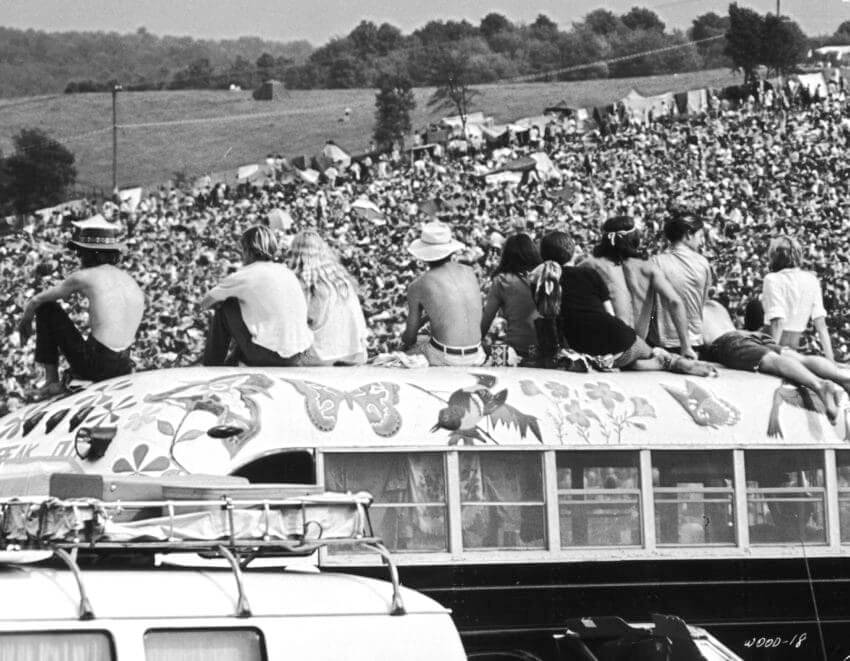
According to reports from TIME, the festival racked up documented 5,162 medical cases, unsurprisingly involving several cases of drug abuse and overdose.
Of the hundreds of thousands present, there were three deaths: two from drug overdose and one especially tragic case of a 17-year-old in a mud-covered sleeping bag who was run over by a tractor that was collecting debris.
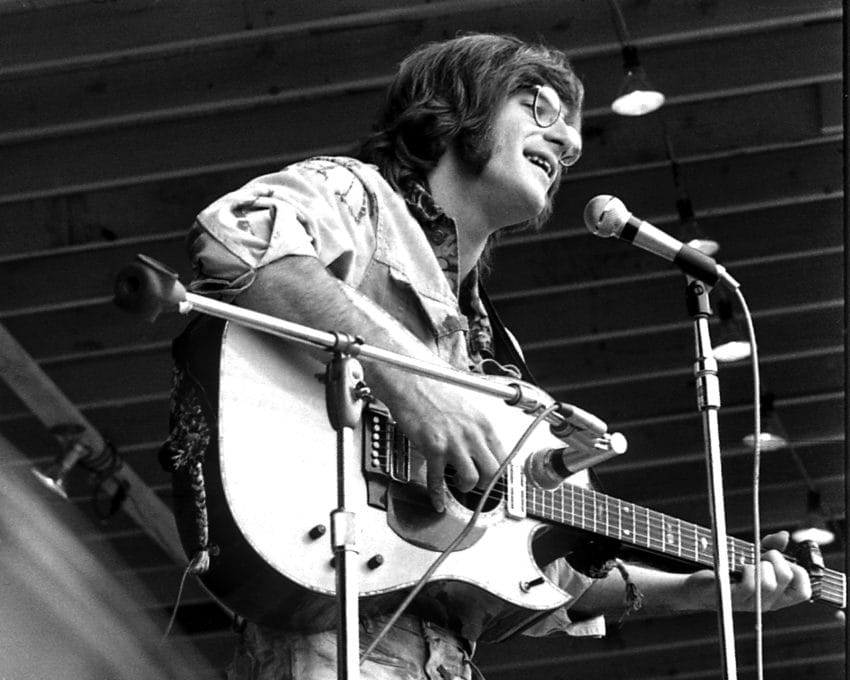
John Sebastian, shown above, famously announced onstage that “old lady just had a baby” during his solo performance. Over the decades that have passed since, however, no credible evidence or birth records have ever been found to back the claim up, as CBS News reports.
Unfortunately, there were at least four to eight miscarriages reported from the medical tents.
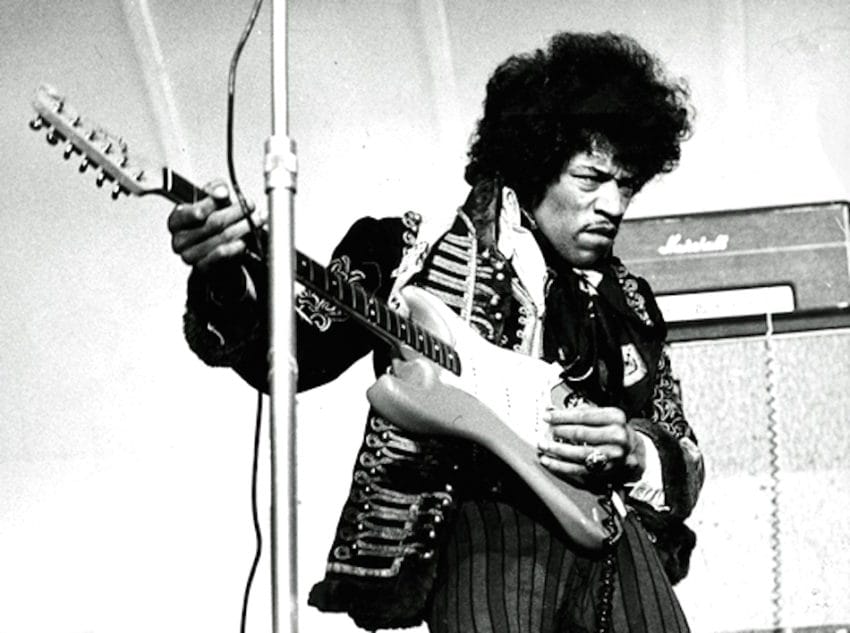
By the time Jimi Hendrix closed out the festival bright and early at 9:00 a.m. on Monday, August 17, the crowds had diminished to only about 25,000.
His performance of “The Star-Spangled Banner,” thankfully immortalized on film, remains one of the most legendary moments from the entire weekend.
Were you surprised by any of these facts about the Woodstock Music and Art Festival?